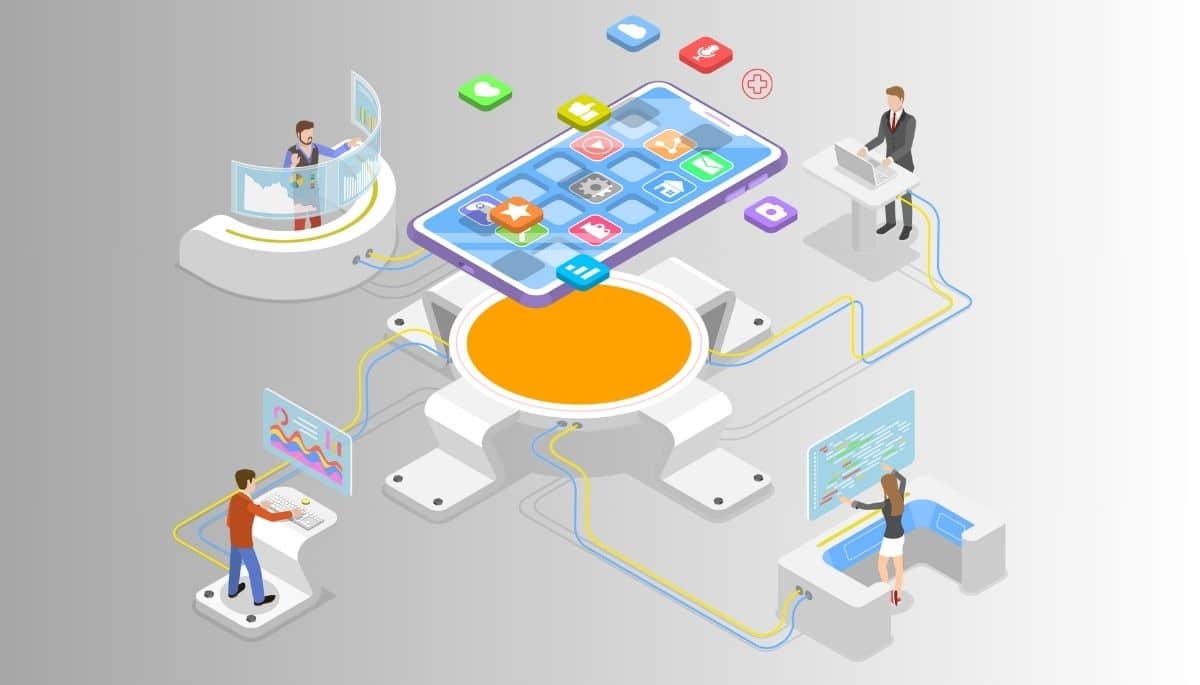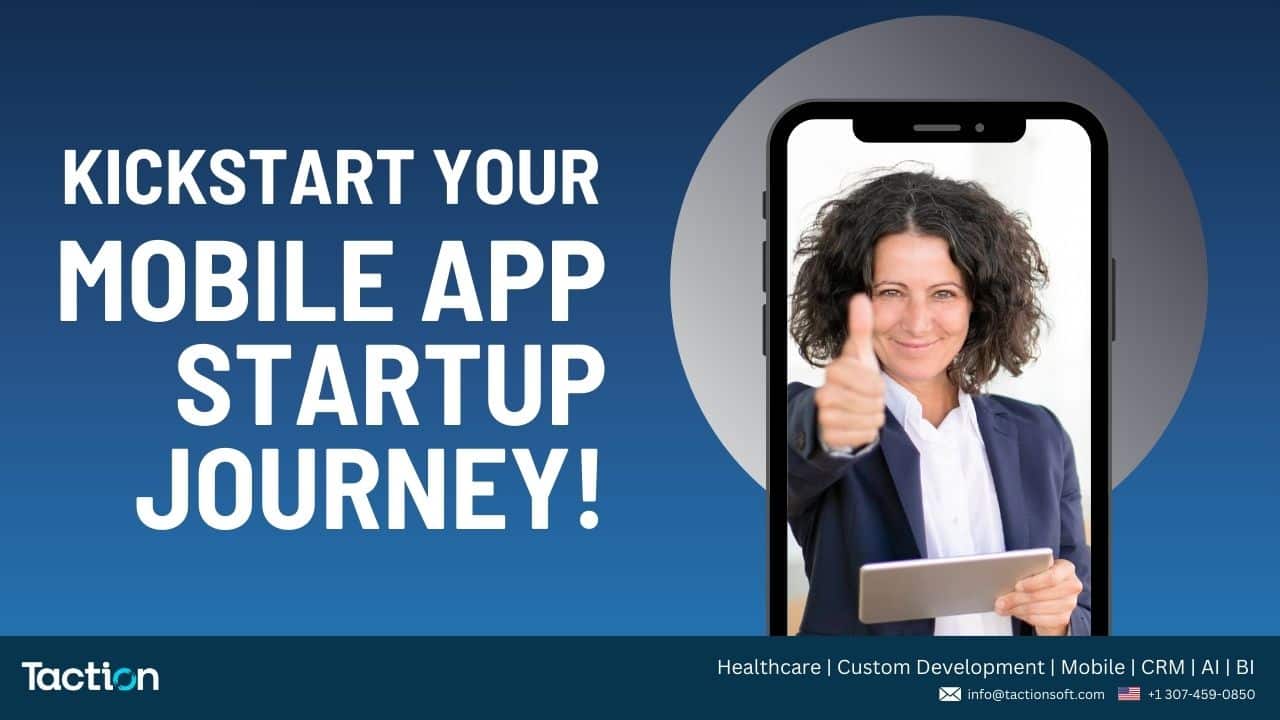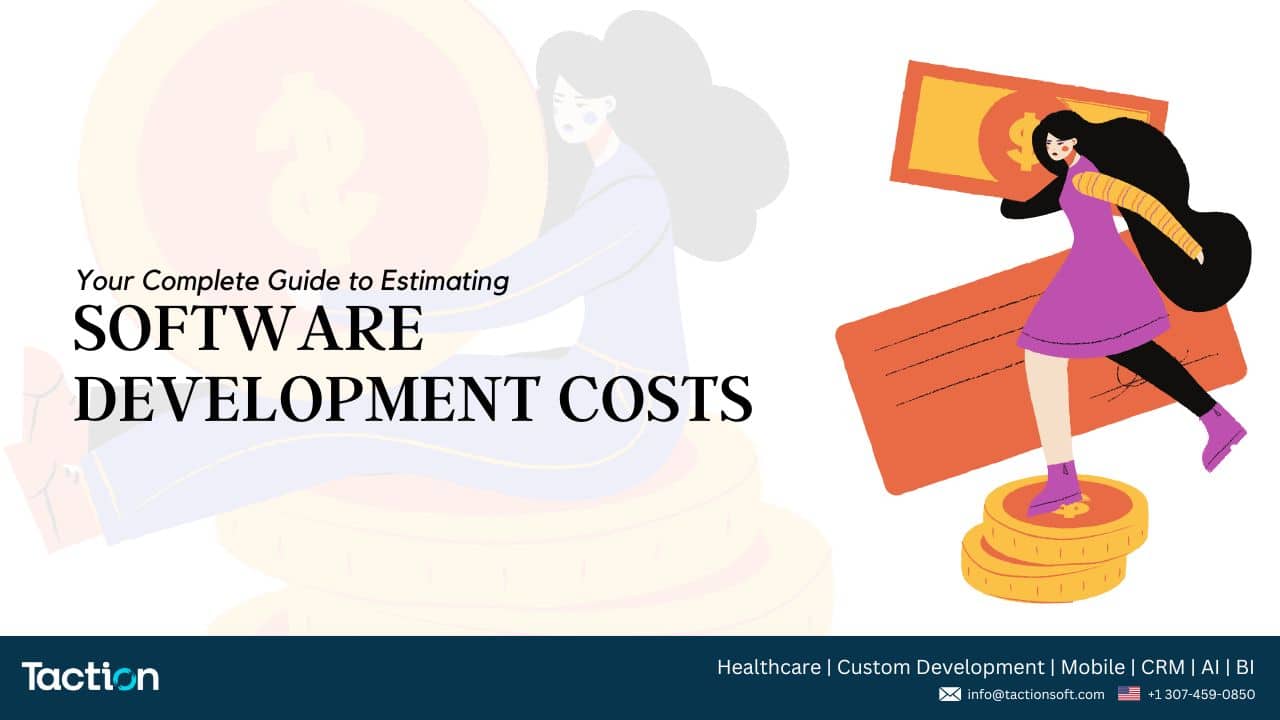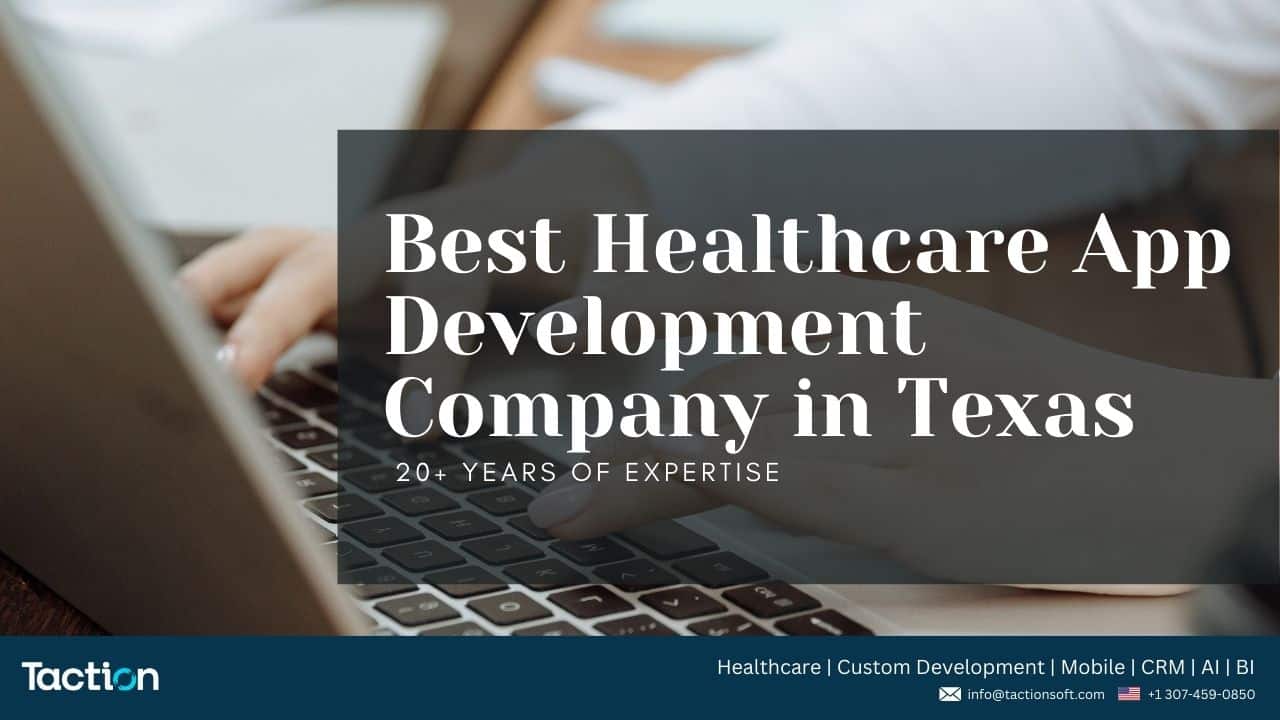The healthcare landscape is undergoing a digital revolution, fueled by the surge in innovative healthcare applications. From appointment booking to remote consultations, these apps promise to improve patient care, streamline workflows, and enhance overall healthcare experience. Yet, despite the immense potential, developing successful healthcare apps comes with its fair share of bottlenecks. Let’s delve into some of the key challenges hindering developers and explore avenues for overcoming them with Taction Software.
1. Regulatory Maze:
Navigating the intricate web of healthcare regulations is a daunting task. Data privacy, security, and compliance with HIPAA mandates pose significant hurdles. Developers need to invest in expert guidance and robust security measures to ensure their apps meet all legal requirements without compromising user trust.
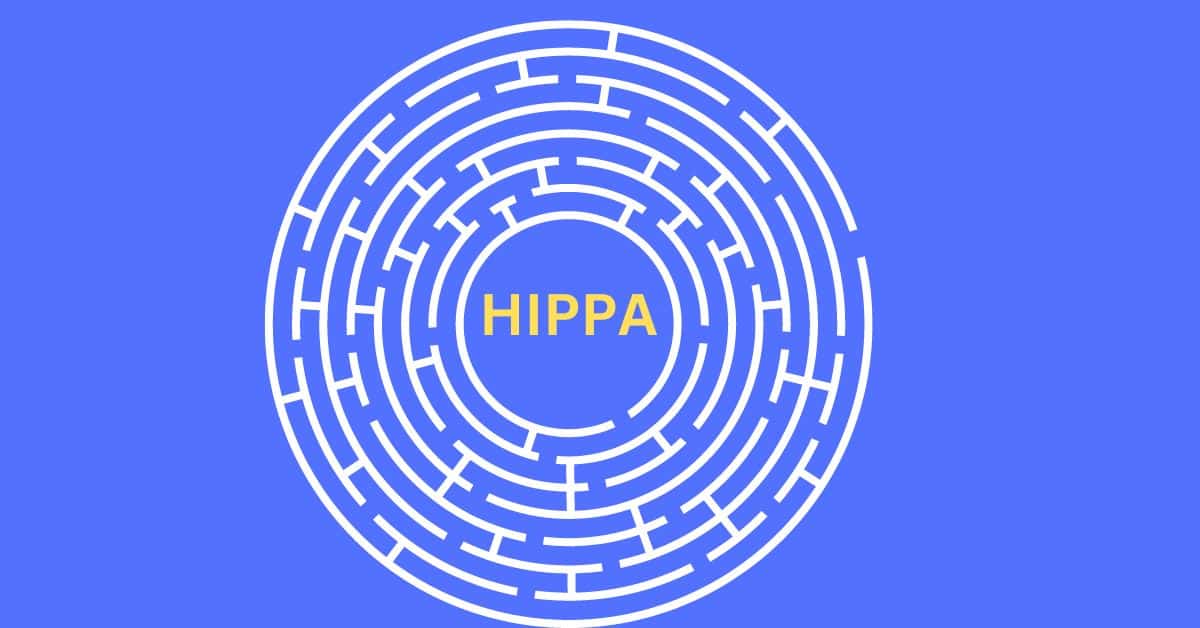
2. Interoperability Woes:
Legacy healthcare systems often operate in silos, hindering data exchange and interoperability. Integrating seamlessly with existing infrastructure and disparate platforms remains a major challenge, leading to data fragmentation and hindering the app’s full potential.
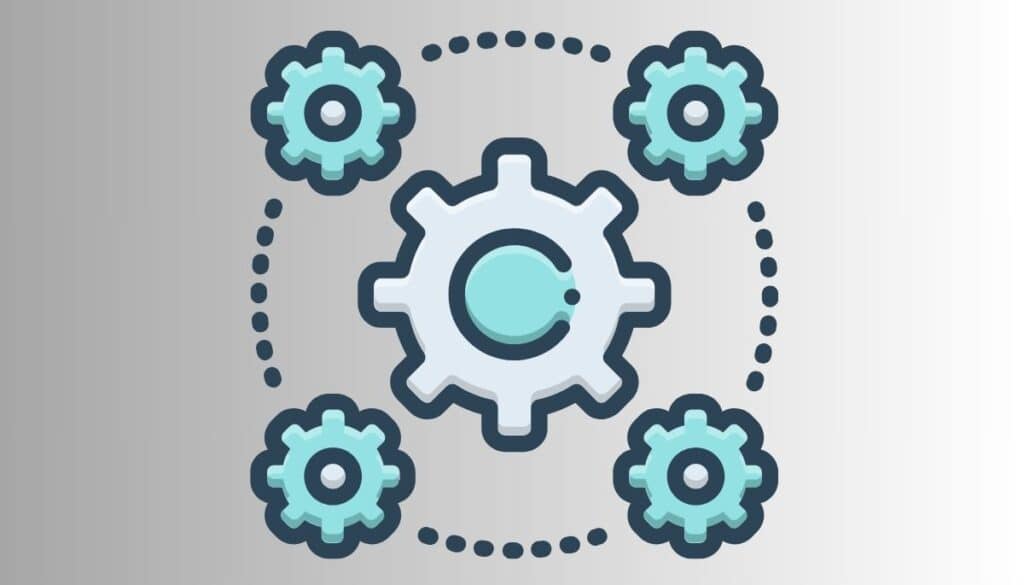
3. Balancing Innovation with Usability:
The allure of cutting-edge technologies like AI and IoT can eclipse the fundamental need for user-friendliness. Healthcare apps must cater to users with diverse technological expertise, prioritizing intuitive interfaces and accessible features.
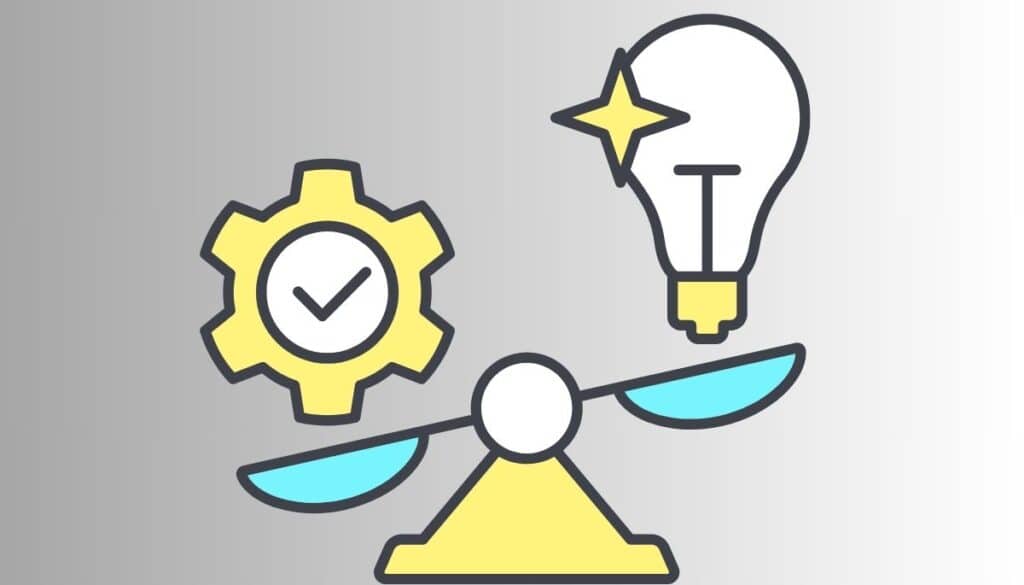
4. Data Dilemma:
Healthcare apps thrive on accurate and secure data. However, concerns around data privacy, collection, and storage practices can deter user adoption. Implementing transparent data usage policies and robust security protocols is crucial to building trust and fostering user engagement.
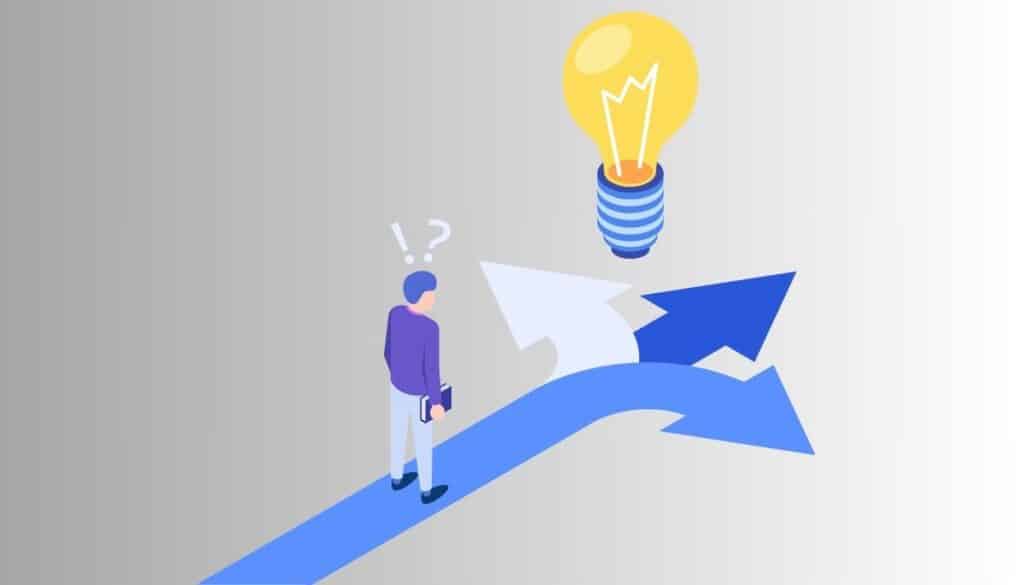
5. Talent Crunch:
The demand for healthcare app developers with specialized skills in security, compliance, and healthcare IT is outpacing supply. Building a competent team equipped to navigate the unique challenges of this domain requires targeted recruitment strategies and ongoing skill development initiatives.
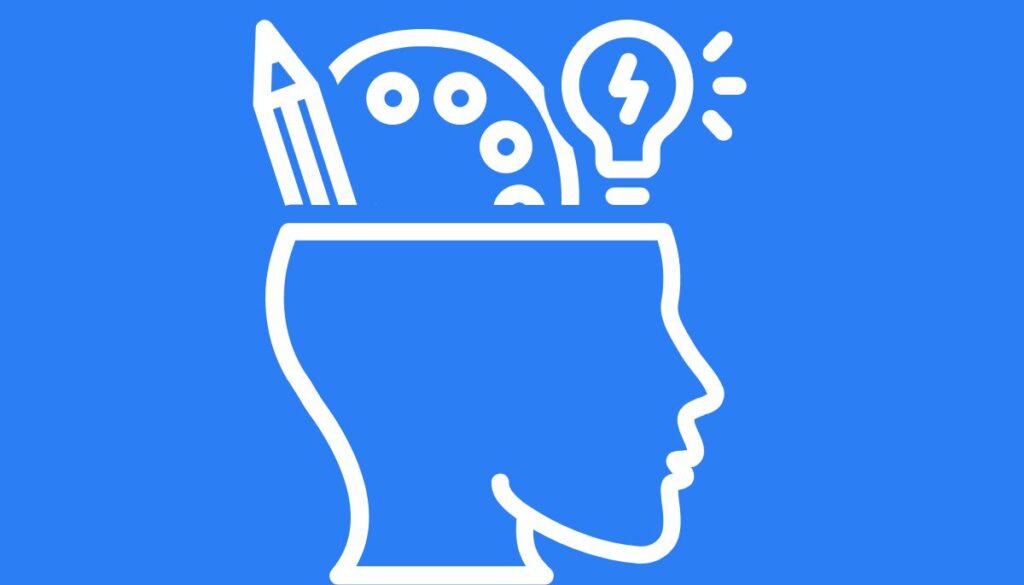
So, how Taction Software bridge the gap between the promise and reality of healthcare app development?
Collaboration is key:
Cultivating partnerships with healthcare providers, regulatory bodies, and technology experts can create a supportive ecosystem for navigating complex challenges.
Prioritize interoperability:
Utilizing standardized data formats and open APIs can foster seamless integration with existing systems, paving the way for a more connected healthcare landscape.
Design for users:
User-centered design principles should be at the forefront of development, ensuring a smooth and intuitive experience for all users, regardless of their technical background.
Transparency builds trust:
Clearly communicate data usage policies and prioritize user privacy to earn and maintain user trust in the app and its functionalities.
Invest in the right talent:
Attract and retain skilled developers by offering competitive compensation, continuous learning opportunities, and a work environment that fosters innovation and collaboration.
By addressing these bottlenecks and fostering a collaborative approach, healthcare app Taction Software can pave the way for a future where technology elevates the quality of care, empowers patients, and ultimately transforms the healthcare experience for all.
This blog post is just a starting point for a larger conversation. Let’s continue to explore innovative solutions with Taction Software and share best practices to overcome the challenges and unlock the full potential of healthcare app development.
Feel free to share your thoughts and experiences in the comments below!

